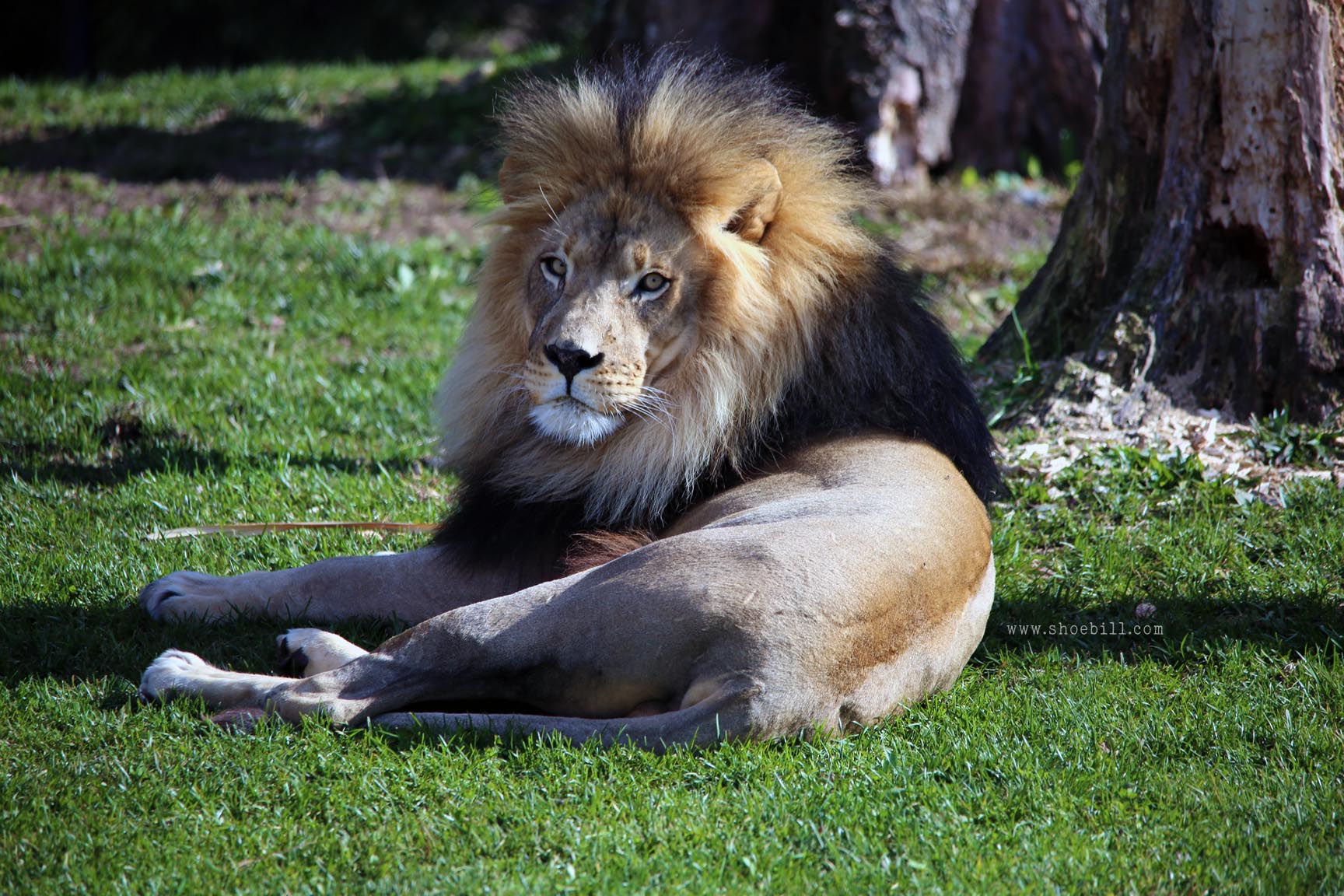Barbary Lion

The Barbary lion, also known as the Atlas lion, was native to North Africa, specifically the Barbary Coast. This subspecies of lion was known for its large size and dark mane, which extended down its chest. Unfortunately, the Barbary lion is believed to be extinct in the wild, with the last known sightings occurring in the mid-20th century. Efforts are now being made to reintroduce a lion subspecies with similar genetic characteristics back into the region, but it is uncertain if this will truly bring the Barbary lion back from extinction.
Historically, Barbary lions inhabited various countries in North Africa, including:
- Morocco: Barbary lions were found in the Atlas Mountains and other regions of Morocco.
- Algeria: Barbary lions were native to certain parts of Algeria, particularly the northern coastal regions and the Atlas Mountains.
- Tunisia: Barbary lions also inhabited parts of Tunisia, including coastal areas and the Atlas Mountains.
- Libya, Egypt: Barbary lions were recorded in certain areas of Libya and Egypt, particularly in the coastal regions along the Mediterranean Sea.
Barbary lions were known for their distinctive appearance, with thicker manes than other lion subspecies, particularly in males. They were apex predators in their native habitat, hunting large ungulates such as Barbary deer, Barbary sheep, and wild boar.
Sadly, due to habitat loss, human-wildlife conflict, and hunting, Barbary lions were gradually exterminated from the wild. However, efforts are underway to reintroduce captive-bred lions with Barbary ancestry into protected areas in North Africa as part of conservation and rewilding initiatives.

